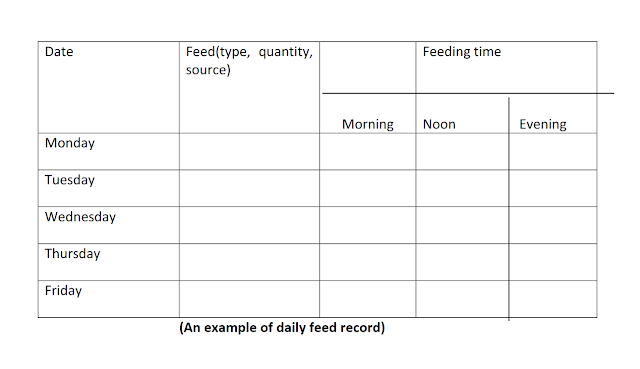Quick Guide to Catfish Feeding
Feeding your catfishes appropriately.
i. Underfeeding/ overfeeding: There is no rule on how to feed your fishes but experts recommend that about 2.5% of the total body weight of the fish a day, depending on its age. Catfish feeding is a skill that every catfish farmer must master. Also, it is very important to understand certain factors that affect feed intake in fish.
ii. Water quality: research has shown that fish feed better in fresh and light green water.
iii. The depth of water: as fishes grow in size, it is very important that their depth is checked. A shallow depth may prevent them from positioning well.
iv. Change in taste: Researches have shown that fishes have a strong taste and can differentiate between feeds of a different taste. Catfish respond to a change of taste by either increasing or reducing their intake. It is also important to not keep feeds for a long period of time, so catfish may likely respond less to them.
v. Catfish species: different catfish react differently to feeds. While some eat more, some eat less. It is important to note the attitude of the fishes when feeding.
vi. Monitoring time interval between feeding: Experts believe that it takes at least 10 hours for well-fed smaller fishes to digest, whereas, it takes longer for big fishes. It is advisable to maintain a feeding pattern. After each 12 hours
3. Logistics: this includes expenses on transportation of feeds, manpower on the farm.
4. Security: your environment will determine if you will need security. Your fish pond may need to be always under watch if your environment is an open place.
5 Cost of fingerlings/ fish seeds: you will need to budget to buy fish seeds depending on how much you have as a budget for starting your fish farm. You should always buy seed from trusted breeders.

Comments
Post a Comment